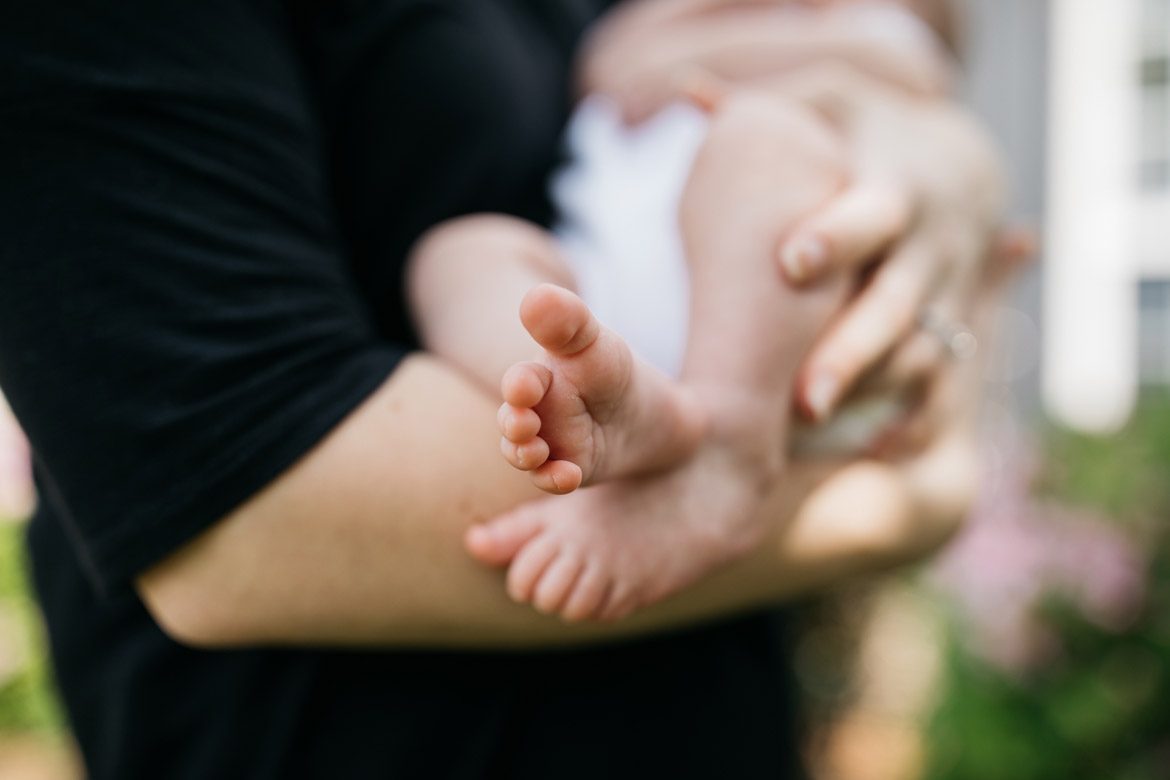By Kimberly Johnson
When it comes to your post-birth nether regions, don’t believe everything you hear-that is, if you’ve heard anything at all! Whether your baby was born vaginally or via cesarean, it is common to have swelling, pain, and possibly even bruising in your pelvic floor, vulva and/or vagina in the first week or two after you give birth. But what happens when weeks and months after, that vaginal pain or discomfort remains?
While pelvic pain after childbirth is common, it is not normal. At the six week postpartum visit, most care providers are just looking to see that there are no open wounds. They don’t evaluate scar tissue, tissue resiliency, or muscle tone. So if when you got the green light for sex and exercise, you felt anywhere from a bit lost to radically unprepared for either, you are not alone.
Whether your baby was born vaginally or via cesarean, it is common to have swelling, pain, and possibly even bruising in your pelvic floor, vulva and/or vagina in the first week or two after you give birth.
In countries like France and Holland, all new moms receive in-home post-birth care that includes postural rehabilitation, pelvic floor reconnection and recovery support. Doesn’t that make so much sense? Here in the US, our one brief six-week check-up is often the full extent of our postpartum care. If we are lucky, we are given a mental health screening. But what is left out is real talk about how the birth went both physically and emotionally, and how our body is functioning. Birth injuries can make us feel depressed. But anti-depressants won’t help if the source of your feelings is that your body is not functioning like it did before.
See next page for more…











